What makes people stay at a performance of the same short piece of music for seven full hours? Ragnar Kjartansson’s ten-person sound sculpture An die Musik, which made its UK premiere last weekend at the opening of the London Contemporary Music Festival, is as addictive to watch as it is to listen to. From the performers’ initial enjoyment and satisfaction to emerging indications of weariness, the audience could observe each tiny drama unfold in this feat of repetition.
From 1 to 8 p.m., five renditions of Franz Schubert’s song ‘An die Musik’ were continually performed, overlapping as each one started anew. For a piece of music that is only around two minutes in length, this was no small undertaking. ‘An die Musik’ is an emotionally-charged love song on the art of music, and in layering the renditions in a seemingly never-ending cycle, Kjartansson has created an experience where the sublime is trapped to be heard again and again.
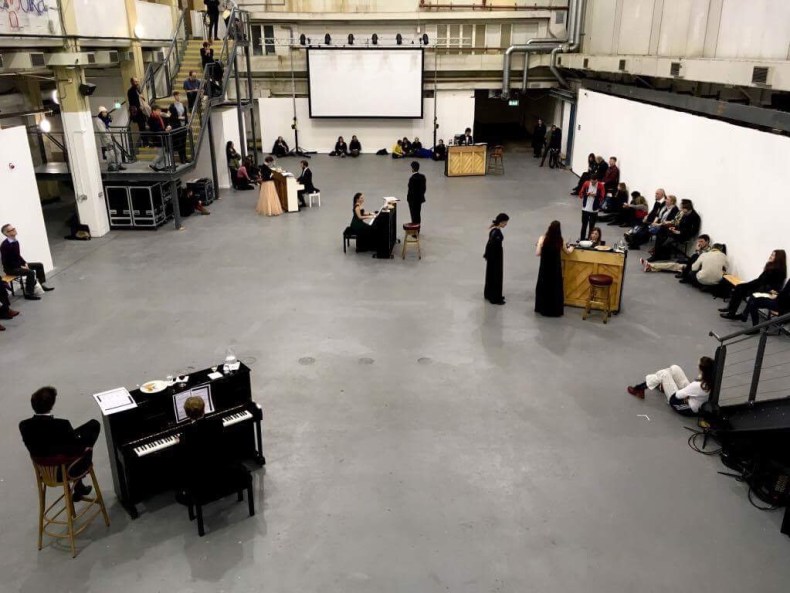
An die Musik (2012), Ragnar Kjartansson, performed on 3 December 2017 at Ambika P3 for the London Contemporary Music Festival. Photo: Ilme Vysniauskaite
Aside from the heroic effort of the performers, the most impressive achievement of Kjartansson’s work is in creating something visitors want to stay with in its endless repetition. On Sunday, five upright pianos stood in the large factory-like space of Ambika P3, accompanied by the immaculately dressed pairs of singers and pianists. At one end of the room, the strong baritone rendition reached its peak followed by the light soprano at the other, giving the music an immersive, spatial quality. The room was set up so that the audience could walk freely between the performers, yet most visitors set up camp at edges of the room, occasionally taking turns to wander around the space, stretch their legs and hear the work from different angles once more. Paradoxically, the room’s atmosphere was one of comfort and calm, even as we experienced the song’s emotional peaks over and over.
More compulsive was watching the social aspect of the work play out: the rapport between each performing pair was a drama in itself. One singer reserved her stocks in the early hours, clearly mindful of the task ahead. On occasion, the performers engaged with the visitors; visitors reciprocated with encouraging nods. At one point the tenor, Tom Kelly, gently serenaded a small baby in the audience. Wines and beers were brought around; an hour later tea; and as the afternoon drew on fish and chips were supplied. This break from strict theatrical tradition created the opportunity to make each repetition new in its own way.
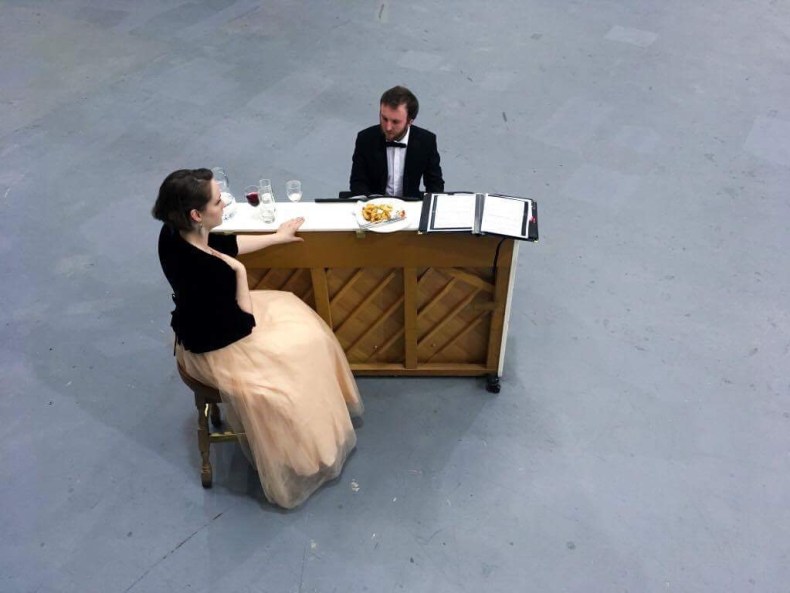
An die Musik (2012), Ragnar Kjartansson, performed on 3 December 2017 at Ambika P3 for the London Contemporary Music Festival. Photo credit: Ilme Vysniauskaite
Growing wearier, the singers took up their stools; the baritone leaned casually on the side of his piano; a pianist began playing with one hand and cradling a hot tea in the other. Meanwhile, mezzo-soprano Rosalie Warner accompanied each peak of the song with operatic gestures, a rich and repeated indulgence. The draw of the performance was the atmosphere created by its monumental task: there was a sense of communal investment from performers and audience alike. It was an endurance test in which everyone participated – and delighted. As I heard hundreds of times that afternoon, ‘Du holde Kunst, in wieviel grauen Stunden […] / Hast mich in eine beßre Welt entrückt’ (‘you, noble art, in how many grey hours … [h]ave you transported me to a better world’).
Ragnar Kjartansson’s An die Musik (2012) made its UK premiere on 3 December 2017 at the opening of the London Contemporary Music Festival at Ambika P3, which runs until 10 December
Unlimited access from just $16 every 3 months
Subscribe to get unlimited and exclusive access to the top art stories, interviews and exhibition reviews.

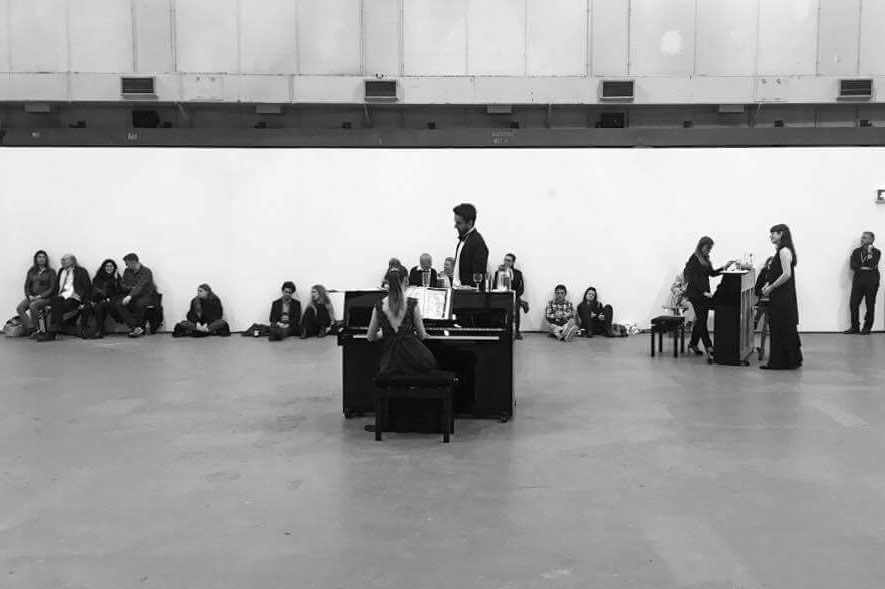
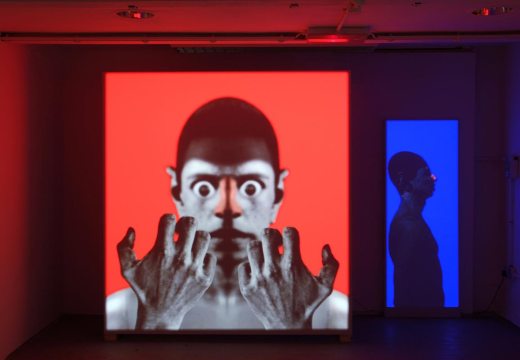

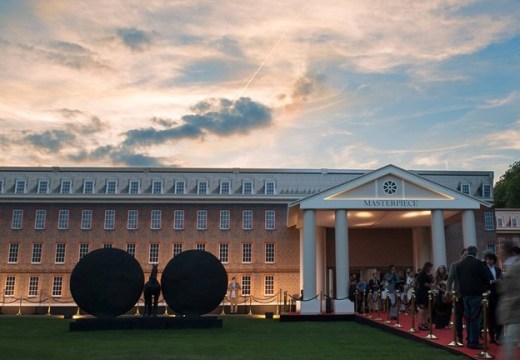









![Masterpiece [Re]discovery 2022. Photo: Ben Fisher Photography, courtesy of Masterpiece London](http://www.apollo-magazine.com/wp-content/uploads/2022/07/MPL2022_4263.jpg)
It’s time for the government of London to return to its rightful home